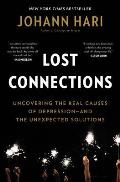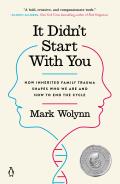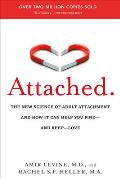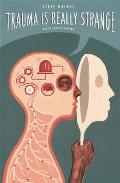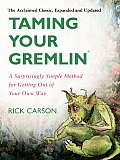Subtitle: Healthy relationships after childhood trauma
Recommended to me by: a client
Relationships are hard for everyone. For people with less-than-adequate caregivers early in life, the difficulty feels personal, a cause for shame as well as sadness. Laura Brown, a feminist psychologist, kindly lays out the likely consequences of early attachment wounds and repeatedly advocates for self-compassion.
Feminist therapy looks at people’s experiences in the context of marginalized identities that often lead to disempowerment and maltreatment, rather than saying that all the problems are inside the individual. The first example in the book is about a same-sex couple. And they’re not the only ones. The book fairly bursts with same-sex couples, as well as emotionally important friendships and work relationships, not just heterosexual romantic partnerships, in a matter-of-fact, “you are all welcome here” way.
I also felt welcomed by seeing quotes from Jewish scholars and traditions. She translates Yom Kippur as “Day of Return,” day of mending connections. And, even though I never watched it, quotes from “Deep Space Nine,” a science-fiction TV show felt welcoming as well.
There is a lot of great material densely packed into this book. It does not skip disorganized attachment like many relationship books do. It shifts the focus to disorganizing caregivers, since the disorganization is not inherent to the child.
Frozen-in-time child states are called EPs, short for Emotional Parts. The book also emphasizes that emotions are positive and useful, so that didn’t seem like the most helpful terminology. EPs are in contrast to ANPs, Apparently Normal Parts that handle day-to-day adult tasks like going to work.
Relationships similar to what we experienced as babies will have limbic resonance and feel “right,” even when they hurt.
The goal is to mindfully notice when a pattern from childhood has taken over, and compassionately self-soothe and notice what is happening in the present, both positive and negative. It’s okay to be imperfect. We don’t have to be abused or used or ignored to be in relationship. We can tolerate conflict that has the goal of reaching better understanding, rather than causing more hurt.
Highly recommended. There is so much more useful material in the book than I can even begin to summarize.


